What is Capital Preservation?
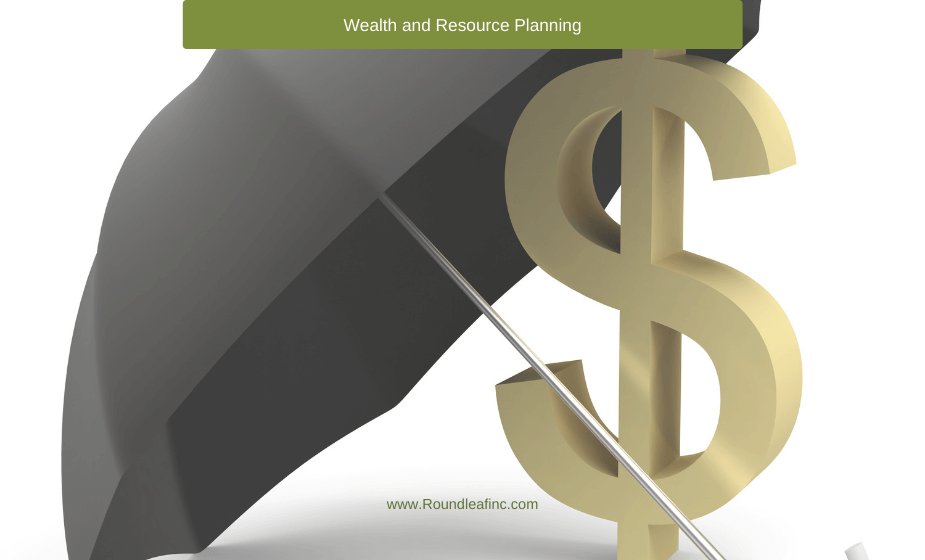
The protection or preservation of capital is the foundation of any well-balanced investment portfolio. The term Capital Preservation is commonly used in the personal finance industry to describe two goals:
1) maintaining a monetary asset’s absolute value, and
2) inflation-proofing a financial asset to preserve its purchasing power.
In short, a capital preservation fund allows your allocated funds to buy the same amount of goods at the end of their specified holding period. This keeps them safe from the risks of volatile market conditions.
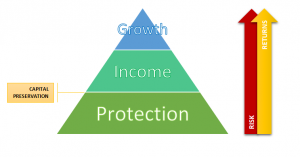
Figure 1: Three Pillars of Investment & Capital Preservation
Why is Capital Preservation a good investment option?
- It protects your valued investments from market volatility.
- Short-term low-risk investments that pay for future expenses.
- Preservation lays the groundwork for planning better returns on your other assets.
Find key answers on capital preservation:
- Capital Preservation: What is it & Who is it for
- What is Your Investment Objective: Considerations before Preserving Your Capital
- Where to Invest: Ideal Capital PreservationInstruments for You
- Wisely Investing in Capital Preservation
- Troubleshooting
Capital Preservation: What is it & Who is it for
|
Preservation of capital is identifying and setting aside a portion of your finances for safekeeping. A capital preservation strategy helps pay for your recurring expenses like mortgage payments, healthcare, living expenses, or short-term emergencies.
Look at it as a different type of purchasing power savings account. While your other financial assets are gathering significant returns for a bigger payday, this portion of your capital is not designed for growth.
It’s a bonus if it does grow in due course, but that is not why you are saving it.
You plan to spend this cash at some point, so accessibility is the primary objective. Thus, the strategy necessitates investments in viable short-term personal finance instruments like Treasury Bills, Certificates of Deposit (CD), or high-yield safety deposit bank accounts at the very least.
Other objectives for capital preservation include risk management, current income, and more.
Should capital preservation be part of your investment strategy?
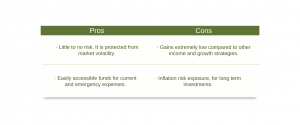
Securities promising preservation of capital is ideally low-risk instruments. The components of risk aversion and easy access attract investors who have limited time and/or tolerance to recoup losses from market downdrafts. People that are reaching retirement or are already retired fall under this bracket.
Retirees have an inherent (and understandable) urge to ensure that they don’t outlive their savings. This opens them up to prioritize security over high returns. Most capital preservation vehicles are insured by Federal Deposit Insurance Corporation (FDIC) for up to $250,000.
People approaching retirement age frequently invest in capital preservation. The reason is to protect their cash for a limited period of time until they receive their retirement benefits. Most often, these funds are also sources of income that pay for their living expenses post-retirement.
Of course, that doesn’t make capital preservation exclusive for elders. Young workers often depend upon short-term capital protection schemes to pay their mortgages and monthly installments. Growth investors rely on capital preservation to park their funds during extreme market volatility. The balance between appreciation and preservation is key to any sustainable investment plan.
What is Your Investment Objective: Considerations before Preserving Your Capital?
There are three main objectives behind choosing an investment strategy:
- A) Capital Appreciation (Growth),
- B) Current Income (Dividends), and
- C) Capital Preservation (Protection).
To analyze which fits your investment portfolio best, you need first to assess how risk-averse you are as an investor.
Some fundamental factors that directly correlate to and dictate your investment objectives are
- Age
- Investment experience
- Family responsibilities
- Education
- Annual income
- Etc.
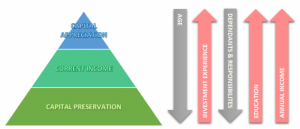
Figure 2: Key Factors to Determine Your Finance Objectives
- Age: While your income bracket increases with your age and work experience, further scopes of growing your income reduce. And so does your ability to tolerate the risks of a volatile market. You are more prone to fall ill, effectively increasing your expenses.
- InvestmentExperience: Finance is a continuously evolving industry. The more you invest, the more you are aware of the different avenues of investments and their obstacles and opportunities. This highly useful experience increases your maneuverability around market changes and elevates your risk tolerance towards high gains.
- Family Responsibilities: One of the core reasons why we choose personal finance instruments is to provide for our families. A higher number of dependents require more funds to be secured. It reduces our capacity to endure risky financial decisions.
- Education: Higher education links to better jobs, and inherently a better income. It also helps you in analyzing your finances better.
- Annual Income: The basic purpose of personal finance is to optimize the returns on your income assets. So, the more income, the better your chances to invest.
These are just among the many factors that you need to consider before deciding on your investment objectives. Capital preservation is a low-risk investment, that can be utilized by all.
But it is always smart to optimize your gains by investing in a diverse portfolio that looks after all your finance objectives: protection, income, and growth.
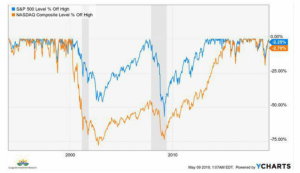
Figure 3: Market Decline Stats – 2008 & 2019; Source: Forbes
Capital Preservation & Fixed Income
The free fall of the S&P 500 and Nasdaq Composite indices during the last two market declines are of public knowledge. And contrary to popular sentiments, the situation of more secure financial assets like bonds is more or less the same.
In contrast, treasury bill yields are higher than ever before and gaining towards competing retirement plans.
Putting these persistent market volatilities into consideration, the need for capital preservation and stable income avenues seem more important than ever. Growing populations of retirees and active plan participants are also searching for a convenient merger between the two.
Traditional income assets may have counterbalanced the high-risk equity exposure in a prospering market, but now it’s time to rethink the concept of stable asset values.
Capital preservation is slowly becoming the nucleus around which income and growth revolve.
Preserving Your Capital Aggressively – What to Do Now
- Don’t adjust to the market. Keep YOUR priorities in focus.
- Are you preserving your capital for income? Keep realistic return expectations.
- Don’t fall for ads. There are plenty. See the real market.
- Don’t rush into choosing your preservation plan. Keep the fees to a minimum.
- Diversify into stock, bond, real estate, and other financial assets. Calculators are your new best friend.
- Avoid timing risks. Maintain liquid net worth to survive for at least 1 year.
- Know what you (may) lose—setup allocation with a worst-case scenario in mind.
Where to Invest: Ideal Capital Preservation Instruments for You
Your comfort with risk drives your preservation portfolio. The golden rule of mitigating risks is to invest in low-key returns for short terms. And there are plenty of options out in the market to get you where you need to be.
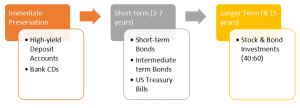
Figure 4: Time-wise Breakdown of Preservation Assets; Info Source: US News
- Target-Date Funds:
The target-date funds are a great option for people looking to invest for three to seven years. Investors can make a one-fund investment and gain diversification, capital preservation, and modest appreciation at low fees.
The fund starts ideally with a 60:40 equity-bond ratio, and the stock allocation in the fund gradually reduces every year. The great thing about a target-date fund is that it offers total return growth. Funds are rebalanced and professionally adjusted to a more conservative outlook as the target date approaches.
- Real Estate Investments:
Real estate investments are one of the oldest capital preservation strategies. It provides steady values for your money that are unaffected by market volatility. Direct investments also offer high yields and group investment options.
Different channels of real estate investments include REITs, real estate crowdfunding, and direct real estate investments through professionals. Popular investment platforms include RealtyMogul, Fundrise, RealCrowd, and more. The catch here is, that these investments are generally long-term and may require individual net worth and income levels.
- Annuities:
Annuities provide cash flows with one lump sum or multiple payments. The simple structure is the most popular amongst capital preservation assets with guaranteed income.
Being most popular also means there are a lot of variations in the market and choosing one can be confusing. Try a balance between lower fees and transparency. Annuities not only protect your net worth but also provide modest growth.
- Capital Preservation Funds:
A new breed of capital preservation funds adopts an outcome-based model rather than a time-based one. These exchange-traded funds cap the potential gains as well as the losses, aligned with market indices.
- Stable Value Funds:
Focused more on preservation than on gains, Stable Value Funds typically invest in high-quality bonds of short- and intermediate-terms. Mixed with insurance contracts, these funds offer high price stability on a day-to-day basis with competent yield—advantage: flexible duration.
An Ideal Capital Preservation Portfolio
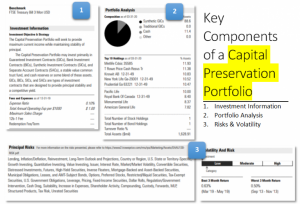
Figure 5: Capital Preservation Portfolio – Sample; Source: Morningstar Investment Profiles
Your preservation portfolio should display your asset’s stability and gain components clearly. An ideal portfolio gain should be around 0.5 – 0.6% with a balanced mix of equity, bonds, real estate, and insurance contracts. Long-term risks should include inflation/deflation.
Wisely Investing in Capital Preservation
In a receding economy, it’s difficult for any financial asset to be deemed absolutely “safe.” Despite that, capital preservation has a few traditional drawbacks too.
- Near-Zero Returns: Though contrary to its definition, nominal returns on capital preservation investments are a vital pain for active plan participants. In a one-stop solution age, preserving capital and gaining returns from separate funds is a cumbersome process.
- InflationRisk: The continued security from market volatility comes at the cost of nominal returns. These are so low that adjusting to inflations may wipe them out entirely, resulting in negative “real” returns.
- Less Options:With traditional investment avenues still in majority and popularity, the case for capital preservation is yet to be heard. There is a shortage of properly stable and risk-averse capital preservation options in the market.
Find the ideal balance between growth, income, and protection for your personal financial assets. Start your wealth planning with RoundLeaf.
A few frequently asked questions
What age is preservation age?
You should start preserving capital for your retirement at least 3 – 7 years in advance, 7 being the most preferable. As a result, your ideal age for preservation is roughly 59 years old. Ideally, for long-term capital preservation, you should be looking at a limit of 15 years. Start investing from 52.
What is an investmentmandate?
An investment mandate is where the investment manager agrees to the strategy and structure (how’s and why’s) of the investment that he/she is promising you. It may include benchmarks, investment ranges, and other related information. The mandate is different from the manager’s wholesale investment scheme, where the pooled fund schematics are showcased. Having a mandate gives you greater control and flexibility over your
Can you withdraw money from preservation funds?
Depending on the type of preservation fund, your withdrawal criteria may vary. This is applicable for all privately purchased capital preservation funds, and NOT government pension funds.
